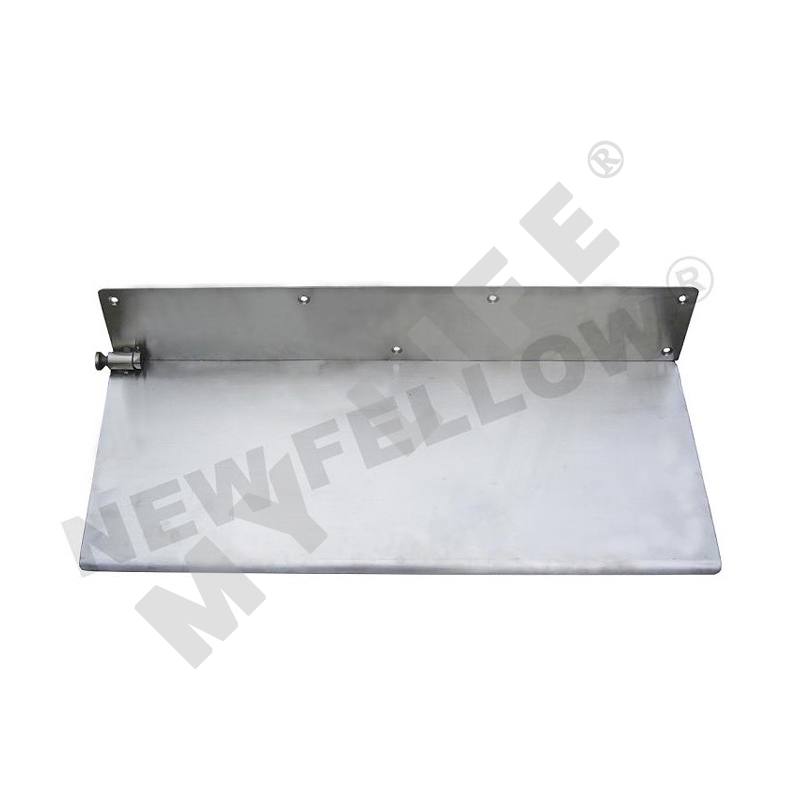A stretcher flap is a type of trailing edge flap
A stretcher flap is a type of trailing edge flap used in aircraft design to increase lift and drag. It is a simple hinged panel that extends aft from the trailing edge of the wing when deployed. The main purpose of a stretcher flap is to increase the maximum lift coefficient of the wing, allowing for a lower takeoff and landing speed. Additionally, it can also be used to increase the drag coefficient of the wing, which is useful for steep descents and landings.


Stretcher flaps are typically found on smaller general aviation aircraft, such as light twins and single-engine planes. They are less common on larger commercial aircraft, where more complex and efficient flap designs are used. However, stretcher flaps remain a popular choice for their simplicity and low cost.
Design and Operation
A stretcher flap is a relatively simple device, consisting of a hinged panel that extends aft from the trailing edge of the wing. The panel is typically rectangular in shape, with a length and width that varies depending on the size of the aircraft and the desired amount of lift and drag.
When the flap is deployed, it increases the effective camber of the wing, which in turn increases the maximum lift coefficient. This allows the aircraft to generate more lift at a given angle of attack, reducing the required takeoff and landing speed. At the same time, the increased camber also increases the drag coefficient of the wing, which can be useful for steep descents and landings.
Stretcher flaps are typically operated manually, using a lever or switch in the cockpit. They can be deployed in stages, with each stage increasing the amount of lift and drag generated by the wing. Some aircraft also feature automatic or semi-automatic flap systems, which deploy the flaps based on airspeed, altitude, or other flight parameters.

 英语
英语 中文简体
中文简体






